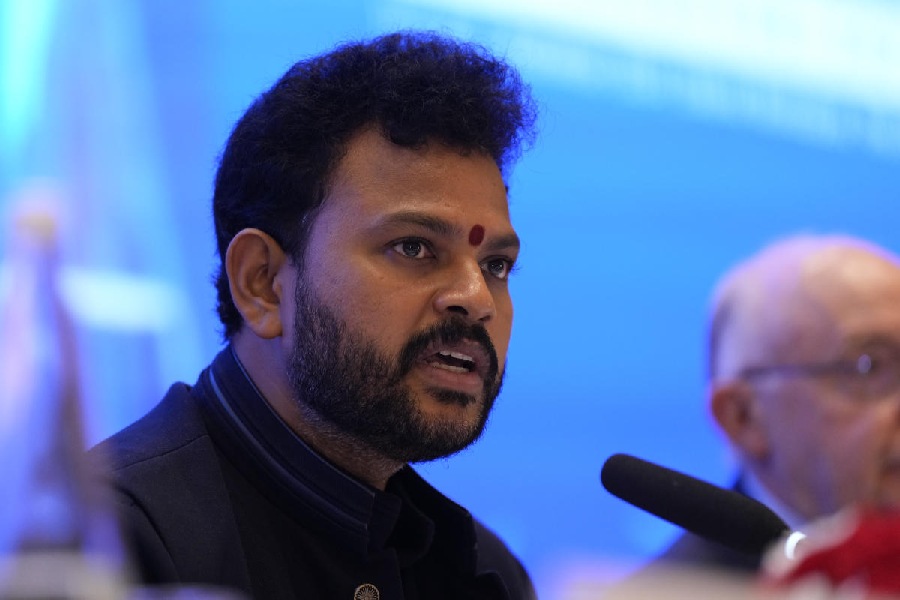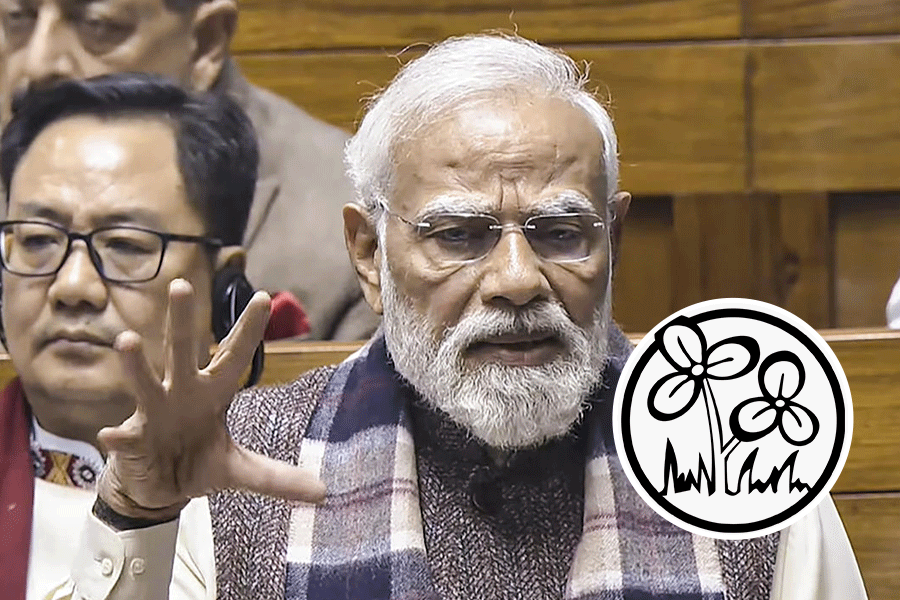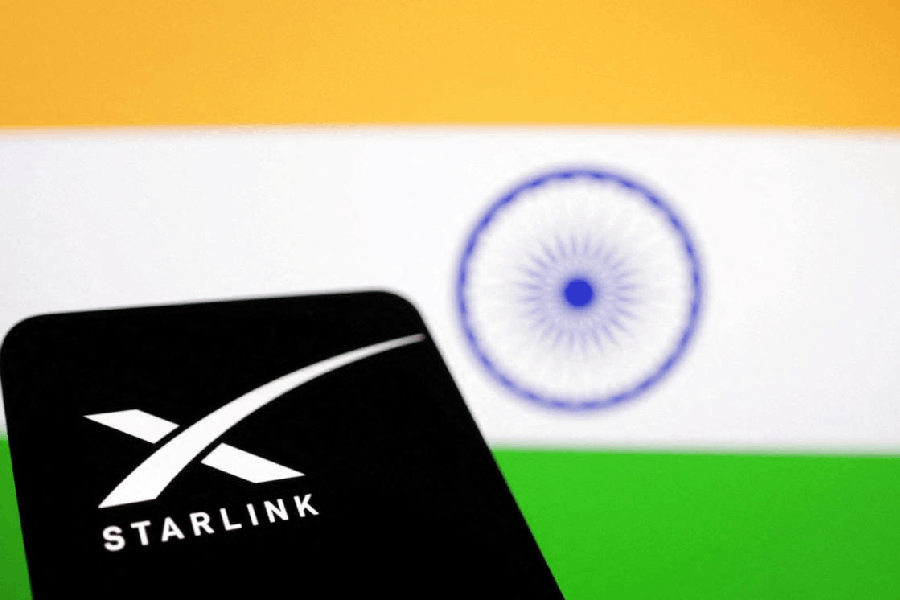All that has been launched
At its annual hardware event in New York, Google unveiled a number of devices for your home, ears and pockets. Of course, the biggest of them is Pixel 4, which comes in two sizes 5.7 inch and the 6.3-inch Pixel 4 XL. There is a square camera module on the back with a wide-angle and a telephoto while the fingerprint sensor has been replaced by a face-unlock feature.
Enter Pixel Buds, which won’t ship until spring. The earphones are fully wireless and with improvements in Bluetooth connectivity, Google says it will work through three rooms in a house.
Then comes the new Pixelbook Go with an optional 4K display, an Intel i7 processor, up to 16 GB of RAM and 256GB of storage. There are two USB-C ports, a headphone jack and a 12-hour battery.
Why skip India
Both the Pixel 4 and Pixel 4 XL will not launch in India, at least not in the near future. A statement from a Google spokesperson reads: “Google has a wide range of products that we make available in different regions around the world. We determine availability based on a variety of factors, including local trends, and product features. We decided not to make Pixel 4 available in India. We remain committed to our current Pixel phones and look forward to bringing future Pixel devices to India.”
The product feature that’s stopping Google from launching its device in India is the Soli radar chip that uses the 60GHz spectrum and is not allowed commercially in India. Though many countries have already unlicensed the 60GHz band, India, reportedly, has not delicensed the same.
The chip allows you to swipe or wave your hand to do a few things. Motion Sense — that’s Google’s name for the technology — is designed to detect the user’s presence. Three types of interactions are associated with the technology — presence (checks if the user is around and turns off the always-on display if you’re not), reach (checks if you are reaching for the phone) and gestures (a quick wave to dismiss calls or snooze alarms or one can swipe left or right if music is playing to go forward or back). These features have been made possible with other technology but Project Soli can work through other materials and there is no need of line-of-sight, like a camera.
According to the Google US store, the Motion Sense feature works in the US, Canada, Singapore, Taiwan and most European countries. But it will not be functional in Japan till Spring 2020, yet the phone is launching in that market.
In case you are planning to buy a Pixel 4 phone while travelling to the US, think twice because the feature will not work in India once you return home. According to the Motion Sense page, “If you travel to a country where it’s not approved, it won’t work. If you travel to a country where it’s not approved, it won’t work.”
The bigger picture? Google could have disabled the Soli chip and launched Pixel 4 in India. Second, India is a small market for Pixel but it’s rather important for Google’s services. The premium segment in India is growing at a much faster rate than the overall market, so it would have been a great opportunity for the company to have scaled its operations. Finally, if a particular model is skipped completely in the long run, people wouldn’t care about the next Pixel when it launches. After all, Samsung and Apple are there to cater to the needs of users looking for premium phones. Let’s keep our fingers crossed and hope for the best.
Forward-looking tech
Two announcements that were made in New York will have significance on the future of tech. First, the astrophotography mode on the Pixel 4. For astronomy photos, the camera detects when it is very dark and takes a burst of images at long exposures to capture more light. The results are mesmerising when it comes to capturing the night sky.
Second, real-time transcription. The new Recorder app can transcribe your recordings. And it can do so in real time, without sending data to the Internet. The app can identify certain sounds, like applause, and will be available in English for now.










